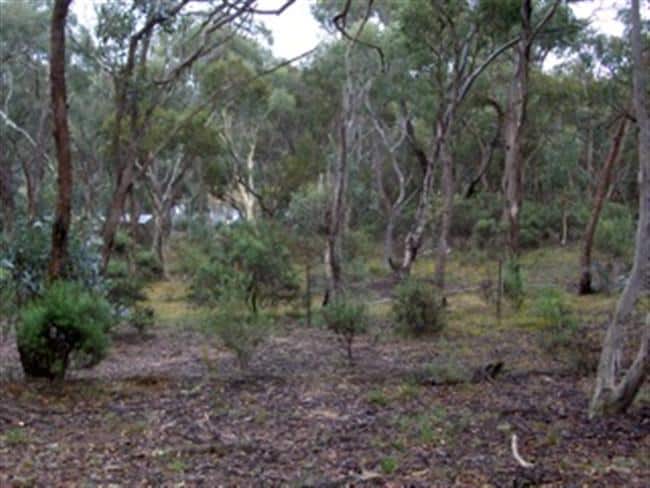Philip and Lesley Machin are the owners of Woodlands, a rural residential property located in Wamboin, NSW, approximately 25km Northeast of Canberra. Woodlands is a dedicated wildlife sanctuary used for the rehabilitation and release of native wildlife. Philip and Lesley have resided on the sanctuary for 10 years and have an ongoing program to address limited erosion, the removal of weeds and new plantings of native vegetation species. Members of two wildlife groups, Philip and Lesley help rescue, rehabilitate and release injured or orphaned native animals. They intend to continue making Woodlands more wildlife friendly through such measures as the removal of barbed wire, and encourage other land owners to do the same.
The sanctuary covers 8 hectares, approximately 75% of which is natural woodland comprised predominantly of ghost gums among a variety of native plantings and natural bushland. New and ongoing plantings of native vegetation feature heavily on Woodlands, while native grasslands, some of which are mown, make up around 20% of the sanctuary.
Known wildlife species found on Woodlands include a wide variety of bird species such as crimson (Platycercus elegans) and Eastern (Platycercus eximius) rosellas, tawny frogmouths (Podargus strigoides), pied currawongs (Strepera graculina), sulphur-crested cockatoos (Cacatua galerita) and galahs (Eolophus roseicapilla). Also present are several iconic mammal species including eastern grey kangaroos (Macropus giganteus), short-beaked echidnas (Tachyglossus aculeatus), swamp wallabies (Wallabia bicolor), brushtail (Trichosurus vulpecula) and ringtail (Pseudocheirus peregrinus) possums and sugar gliders (Petaurus breviceps). The property also features diverse reptile life including blotched blue-tongued lizards (Tiliqua nigrolutea), Jacky dragons (Amphibolurus muricatus), shingleback lizards (Tiliqua rugosa), eastern long-necked turtles (Chelodina longicollis), as well as a large range of frogs, snakes and insect species.




